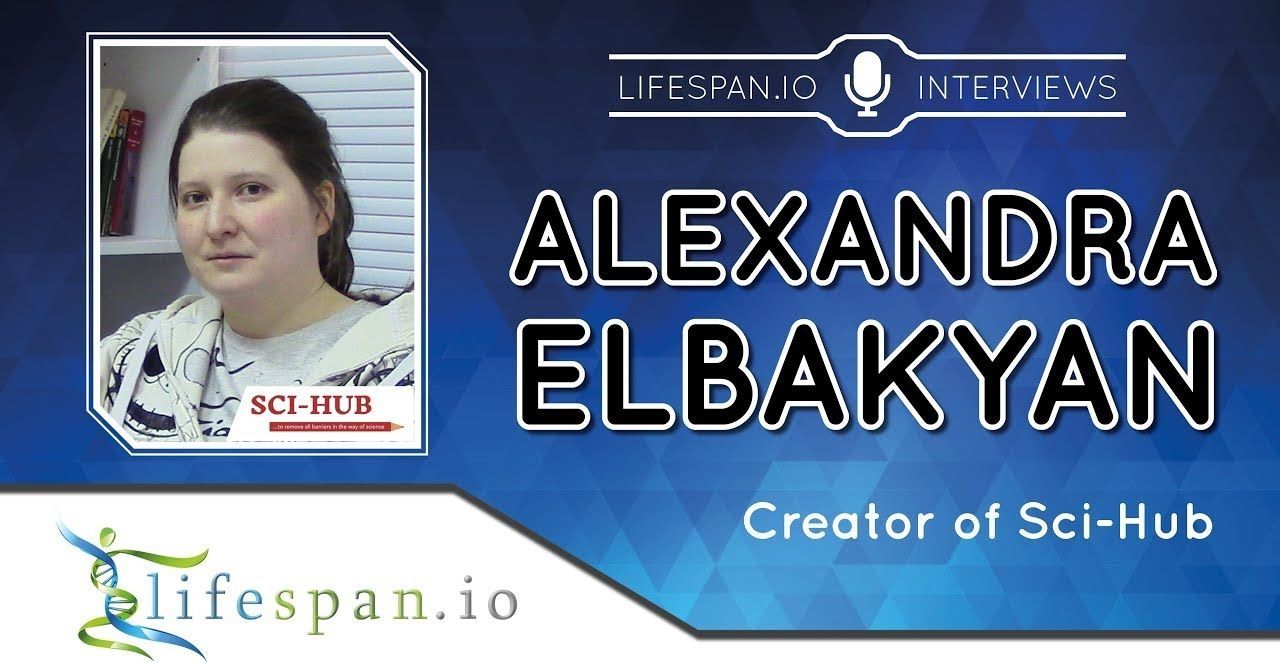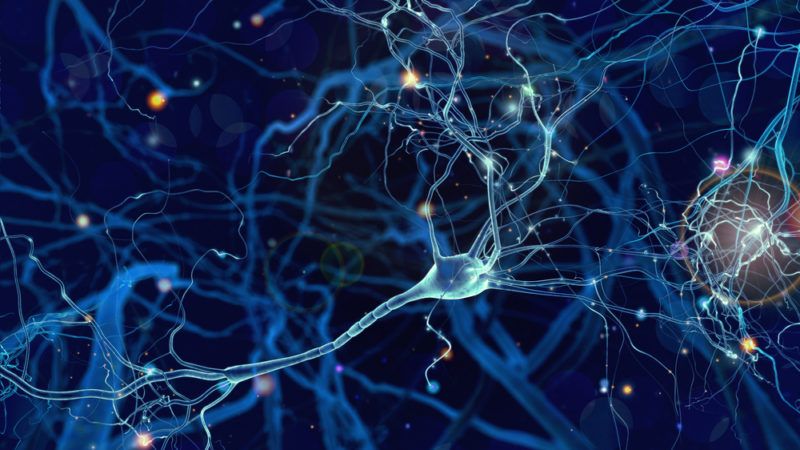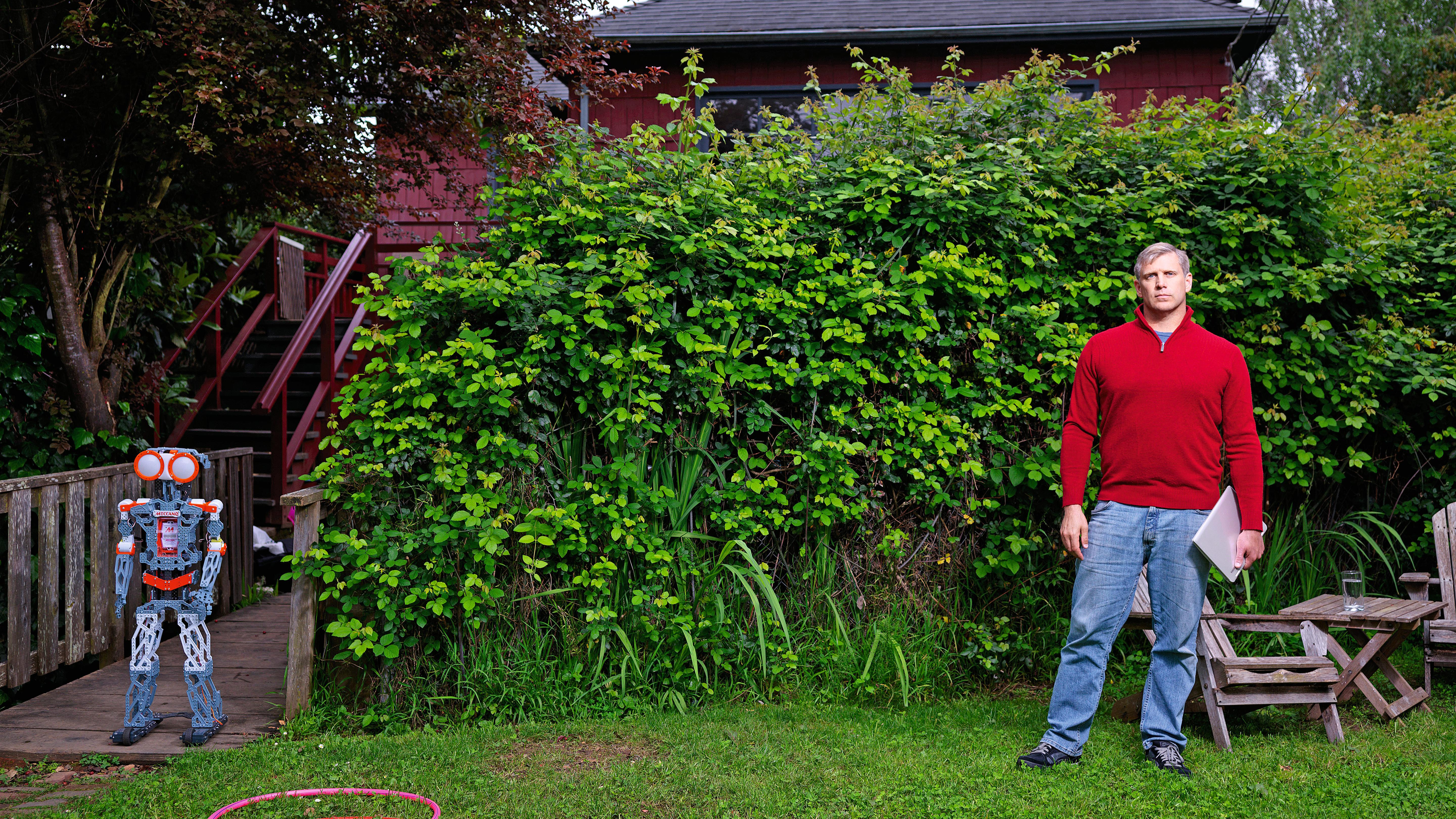
These campaigns could erode the base of the Legal Open Access movement: scientists’ awareness of their options for sharing research. Elbakyan, on the other hand, would be left unaffected. The legal campaigns against Sci-Hub have — through the Streisand effect — made the site more well-known than most mainstay repositories, and Elbakyan more famous than legal Open Access champions like Suber.
The threat posed by ACS’s injunction against Sci-Hub has increased support for the site from web activists organizations such as the EFF, which considesr the site “a symptom of a serious problem: people who can’t afford expensive journal subscriptions, and who don’t have institutional access to academic databases, are unable to use cutting-edge scientific research.”
In cramped quarters at Russia’s Higher School of Economics, shared by four students and a cat, sat a server with 13 hard drives. The server hosted Sci-Hub, a website with over 64 million academic papers available for free to anybody in the world. It was the reason that, one day in June 2015, Alexandra Elbakyan, the student and programmer with a futurist streak and a love for neuroscience blogs, opened her email to a message from the world’s largest publisher: “YOU HAVE BEEN SUED.”
It wasn’t long before an administrator at Library Genesis, another pirate repository named in the lawsuit, emailed her about the announcement. “I remember when the administrator at LibGen sent me this news and said something like ‘Well, that’s… that’s a real problem.’ There’s no literal translation,” Elbakyan tells me in Russian. “It’s basically ‘That’s an ass.’ But it doesn’t translate perfectly into English. It’s more like ‘That’s fucked up. We’re fucked.’”.







